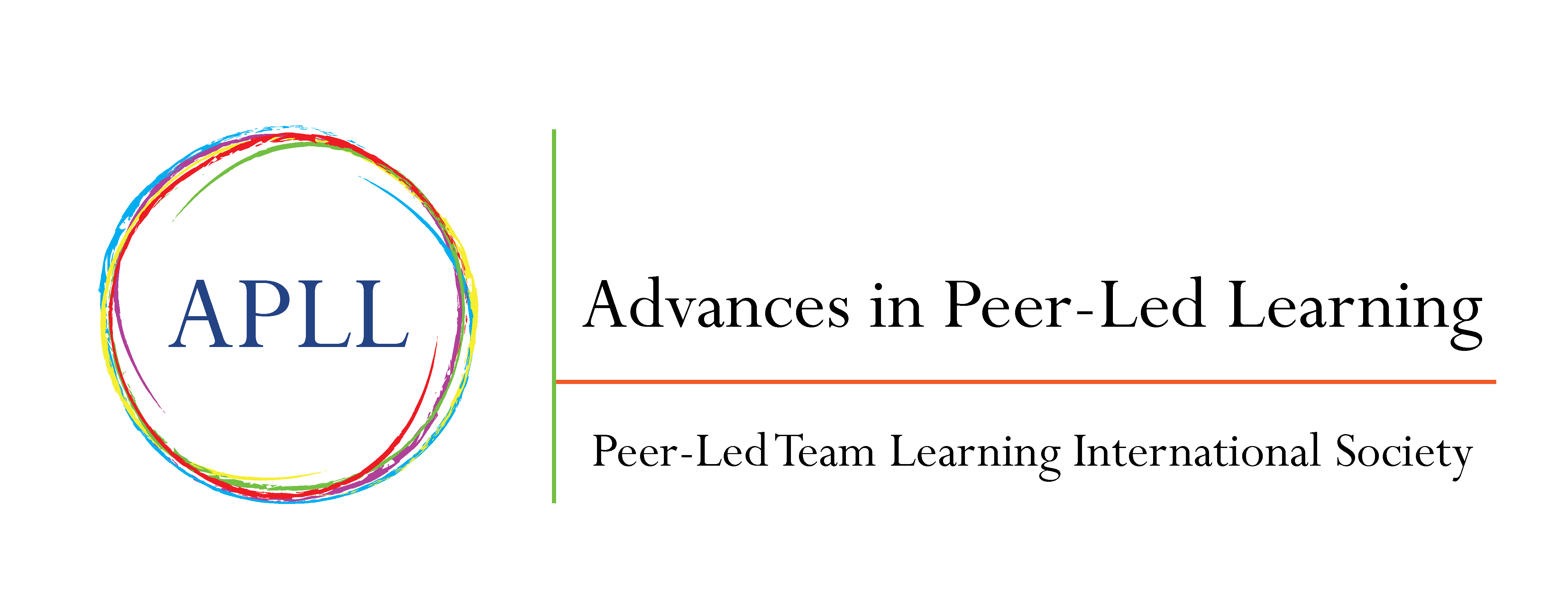Peer-Led Team Learning and Student Success
Rita K. Upmacis
Pace University
Abstract
Peer-Led Team Learning (PLTL), a nationally recognized teaching and learning model, was introduced into the General Chemistry course at Pace University in 2014. The objective of this study was to determine the effect of the introduction of PLTL on the students’ final exam scores, and through surveys, determine how students viewed both the PLTL program and their Peer Leaders. In addition, this study sought to monitor the progress of Peer Leaders as they entered an upper-level Inorganic Chemistry class to determine whether the experience of being a Peer Leader helped their success in this course. The biggest difference, when comparing exam scores from two separate years before and after PLTL implementation, was found to be 10%. However, upon averaging exam scores over several years before and after the introduction of the PLTL program, a more modest average increase of 4% was determined. It was found that students with Peer Leader experience performed better in an upper-level Inorganic Chemistry class compared to those with no Peer Leader experience. Results from surveys administered to both students and Peer Leaders regarding their experiences, as well as the results from students evaluating their Peer Leaders, are reported here. Overall, the implementation of PLTL has led to greater interactions between the Instructor, Peer Leaders, and undergraduate students, thereby furthering a greater interest in chemistry and increasing the students’ sense of community.
Keywords: Peer Leaders, General Chemistry, Inorganic Chemistry, PLTL, Chemical Education Research, Leadership, Exam Score
Recommended Citation
Upmacis, R. K. (2021). Peer-Led Team Learning and Student Success. Advances in Peer-Led Learning, 1, 25-43. Online at https://doi.org/10.54935/apll2021-01-04-25
